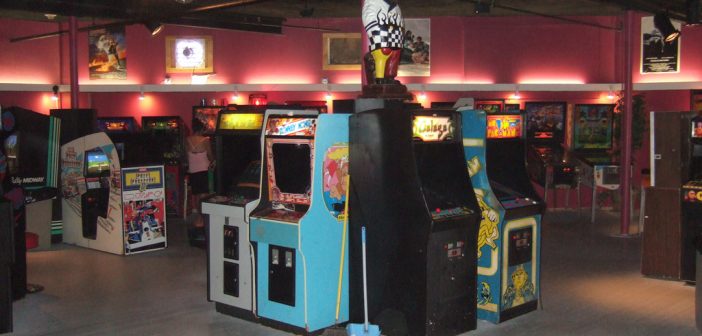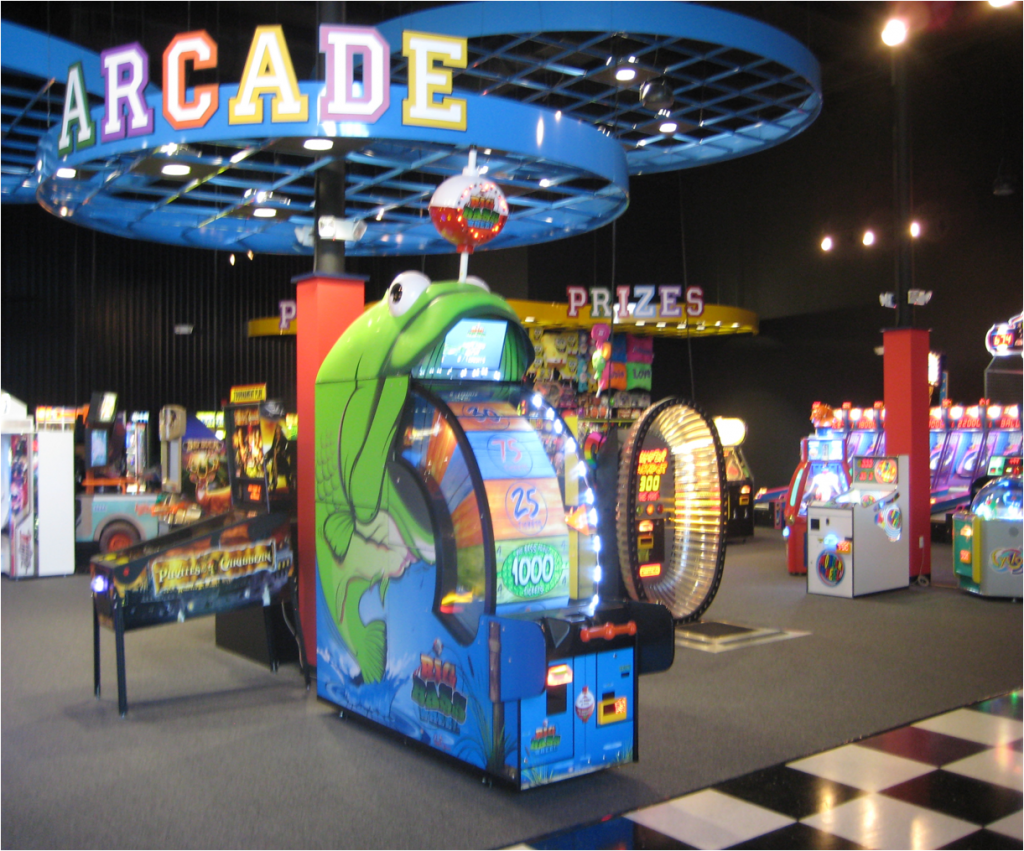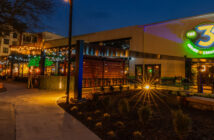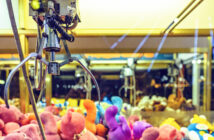The Future of Redemption Arcades
Keep Your Eyes on the Details and Evolve In Order to Remain Strong

Howard McAuliffe
by Howard McAuliffe, Partner, Pinnacle Entertainment Group
A s we gather at IAAPA and 2016 comes to an end, it’s time to look toward 2017 and beyond. The redemption arcade business has never been better, and we have been enjoying steady growth over the last few years as new models are proving to be profitable.
Heraclitus, a Greek philosopher, is quoted as saying “change is the only constant in life.” While we’ve been enjoying this growth phase of the redemption game room, I think it’s important to consider how we can embrace the change that’s coming and evolve into an uncertain future.
As someone who grew up in mall arcades and family entertainment centers in the 1980s and 1990s, and is part of a family that has been heavily involved in this business since the 1970s, history is always on my mind. Specifically, the brutal crash of the pinball machine business in the 1970s and the video game arcade crash of the 1980s. Both of these crashes happened after a significant, though brief boom.
I have heard several well respected industry veterans discussing the past and wonder out loud if the current boom will last. The consensus seems to be, and I believe, that we are not at a saturation point and there is still plenty of room for growth. There are several differences between the boom and bust cycles of pinball and the video game arcade compared to the redemption game room growth we are seeing now.
The biggest is that capital costs to opening a modern redemption game room are a significant barrier to entry. A lot of people could come up with a few thousand dollars to put out a video game or pinball machine during the respective booms, but far less can come up with a few hundred thousand dollars to create an attractive redemption game room. The capital costs and complexity of redemption operations are a significant barrier to entry and will help hold back unsustainable growth. This being said, it’s possible that there could be a correction, but, as always, the strong will survive!
The strong are the companies committed to learning and executing the intricacies of operations. It’s relatively easy for someone with the money or ability to finance a game room, buy the games, come up with a layout, and make money while earning 80-90% of their potential revenue in today’s environment (assuming they have a good facility around the arcade). However, as expansion and competition continues to put pressure on profits, and macro events like gas price increases and recessions further pressure profits, there could –– and probably will –– be corrections.
The companies that are maximizing their profits through operational excellence, reinvesting in their businesses each year, and building a loyal customer base will thrive. Those who cut corners and don’t understand their business in depth will go away. (For example, those not understanding their margins, mark-ups, payouts, and cost of goods sold, which are all related, but different.) Those who pocket all of their profits and don’t reinvest in technology, new games, and other ways to evolve will slowly decline.
There will be some natural corrections, but overall, the redemption game room business will continue to grow over the next decade.
Here are a few trends that will significantly impact redemption game rooms:
• Data driven analysis of products will grow. Less reliance on gut feel and individual experience in product selection.
• Quality of products and the importance of protecting the environment are important to younger customers. Cheap, non-biodegradable toys will be less popular.
• Technology will be significantly integrated into the customer experience.
• Today’s consumer of all age groups will continue to look for out of home entertainment experiences that provide a social component.
Overall, 2016 has been a great year for redemption game rooms as well as related services and products, and the future looks bright. But it’s always important to listen to those who have been around a long time, and make sure we understand our history so that we can learn from it.
Equally important is looking towards the future, testing, and investing in products and ideas that will evolve our individual businesses and our industry. In ten years, there will be many facilities that are out of business that are successful today. In addition, there will be a bunch of facilities that look exactly like they do today that will be struggling. However, the most profitable and successful companies will have operations that are significantly different than what they have today because they have evolved. The more of us that are in the latter group, the better our industry will be.
Howard McAuliffe loves to imagine and implement new products, business models, and ideas, and is a partner in Pinnacle Entertainment Group Inc. He’s an industry veteran who got his start in the business when he was just 16 and has 20 years of expertise in product development, as well as FEC and route operations. Howard’s wife Reem and young son Sami are the center of life outside of work. When he’s not working, Howard can be found enjoying the outdoors, hiking, fishing and mountaineering. Traveling anywhere new or to old favorites like the American West is a passion. Readers can visit www.grouppinnacle.com for more information or contact Howard at howardmc@grouppinnacle.com, he welcomes positive as well as constructive feedback and counterpoints.





